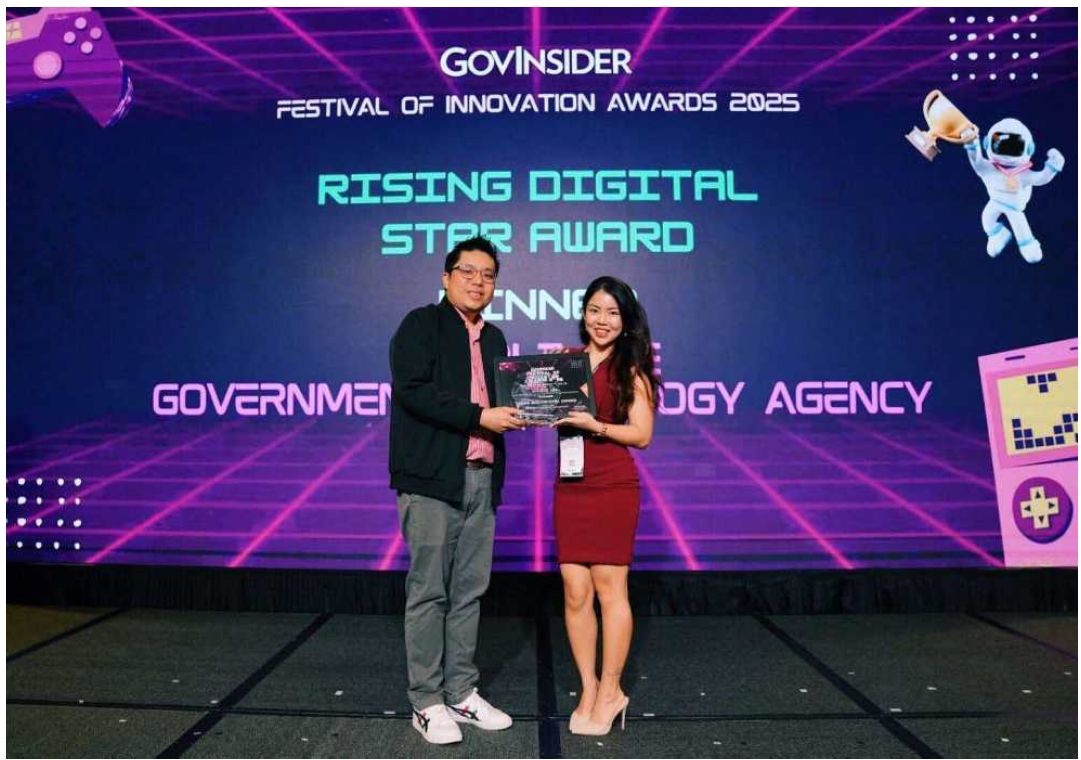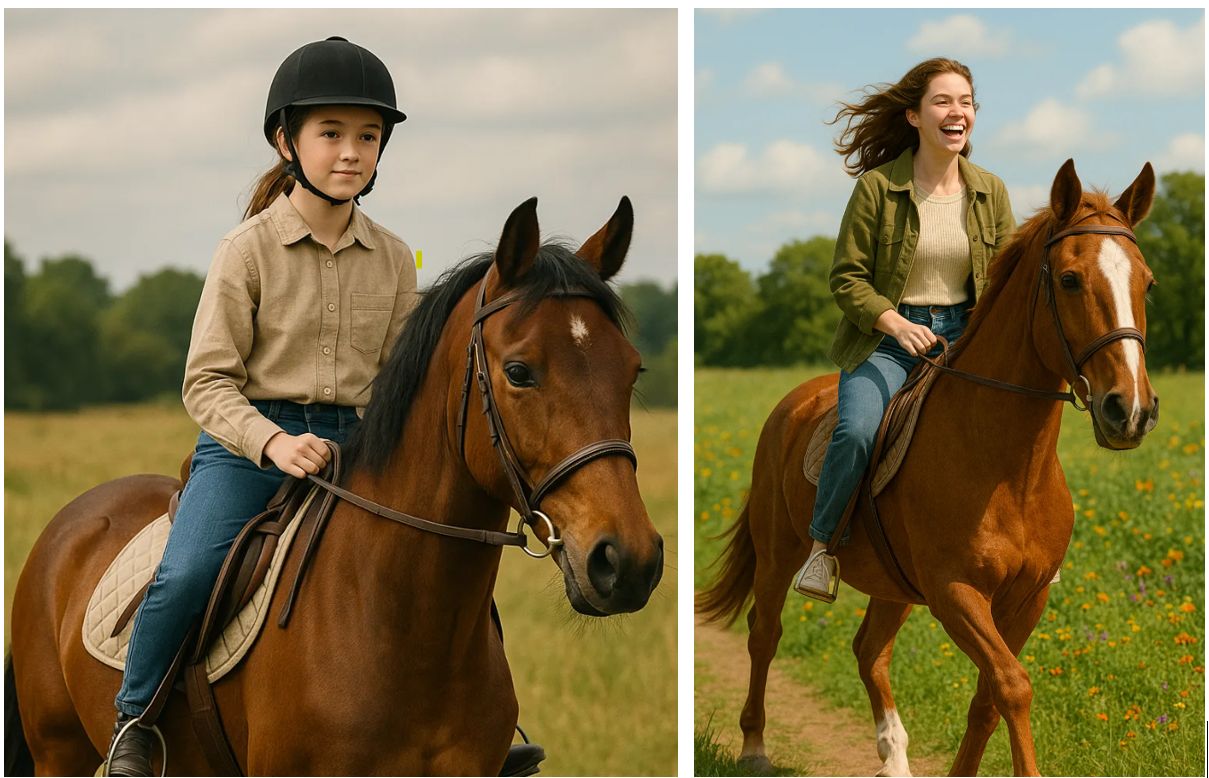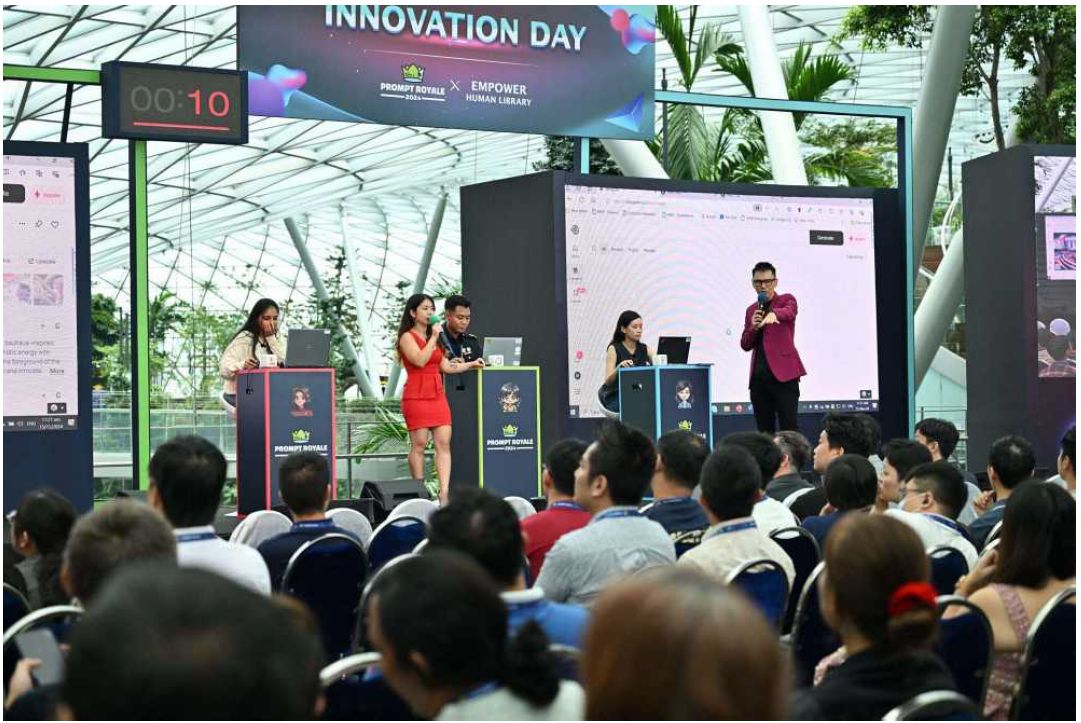Meet GovTech’s prompt whisperer: Nicole Lee on the art of conversing with AI
By Si Ying Thian
GovTech Singapore’s Nicole Lee shares her experience managing Singapore’s first and largest whole-of-government prompt engineering competition and the value of AI prompting for the public sector.
-1751001671055.jpg)
Just as great artists emerge from unexpected places, Lee believes that anyone – be it an economist, an IT manager, or an executive – can build exceptional prompt engineering skills, says GovTech Singapore's Nicole Lee. Image: GovInsider
Nicole Lee, Engagement Manager at the Government Technology Agency of Singapore (GovTech Singapore), draws inspiration from the movie Ratatouille’s iconic quote, "Not everyone can become a great artist, but a great artist can come from anywhere".
Just as great artists emerge from unexpected places, Lee believes that anyone – be it an economist, an IT manager, or an executive – can build exceptional prompt engineering skills.

In 2023, Lee and her team spearheaded Prompt Royale, Singapore’s first and largest whole-of-government prompt engineering competition.
Within a year, it scaled from 400 public officers to more than 1,000 officers across 75 agencies.
Prompt engineering is the process of designing questions or instructions to guide generative artificial intelligence (GenAI) models like ChatGPT into producing desired outputs.
Prompt Royale initially tapped OpenAI’s GPT models and has since expanded to include other GovTech AI tools like AISAY, AIBots, Pair, and Transcribe.
At GovTech, Lee runs programmes and engages the public sector community around data analytics and with the focus now in AI.
“I’ve always been powered by good communications,” the former journalist-turned-community builder tells GovInsider.
She believes the same elements that make communication effective – clear writing, solid structure, curiosity, and open conversation – are what make prompt engineering tick.
She recently clinched GovInsider’s Rising Digital Star Award at the Festival of Innovation (FOI) Awards 2025, recognising young public officers below 35 years old who have led and driven impactful change to their organisation.
To subscribe to the GovInsider bulletin, click here.
The art of storytelling in prompt engineering
Lee points out that two instincts - clarity and resonance - continue to guide how she prompts AI today.
Besides GovTech’s official playbook for prompt engineering, Lee shares some tips to move from good to exceptional AI prompts.
The first is invoking emotions – what Lee calls the “human layer” – when prompting AI to make your output stand out.

“What makes one output stronger than another often isn’t the facts, it's the human layer,” she shares.
For example, instead of inputting a literal prompt like “a girl rides a horse”, the user can input a more expressive phrase like “the girl is jubilant” or “the horse struts confidently” which can help generate images that resonate more with the viewer.
While both get the job done, the latter brings out more emotion and nuance, she notes.
The second is to use AI as an intellectual sparring partner when it comes to creative prompting.
“Bring your own ideas, then have the AI critique, elevate or build on them. It’s not a substitute for creativity, but a powerful accelerator,” she adds.
As for automating more repetitive tasks, it is more about being structured and precise. Feed the AI with some “gold standard examples” and let the model do the rest, she says.
Can public officers achieve both scale and sincerity?
“People don’t want to automate what they enjoy, they want to automate what gets in the way of doing more of it,” says Lee.
The ability to prompt well enables people to quickly complete repetitive chores and frees up more time for meaningful tasks like mentoring, engaging colleagues, or speaking with citizens, she adds.
“From what I’ve seen at Prompt Royale, most officers instinctively want to automate the repetitive stuff - things like formatting reports, drafting purchase requisitions, or chasing approvals,” she notes.
Especially within government, public officers must balance large-scale service delivery with genuine engagement.
Going back to the Ratatouille quote, Lee reflects that some of the most creative use cases she has seen did not come from engineers or data specialists, but from unexpected corners of the public service.
“Teaching prompt engineering is about giving people a solid starting point… [and] from there, they’ll experiment, adapt, and build their own approaches. That’s when the most surprising ideas start to surface,” she says.
For Lee, prompting is a creative skill - one that is increasingly essential. “Using natural language to prompt AI is one of the most versatile and empowering skills of our time. Its only real limit is how far your imagination can go,” she notes.
Tackling resistance to use AI
A key lesson Lee took from managing Prompt Royale was that resistance to AI often stems from poor fit, and not from flaws in the technology itself.
In 2024, her team scaled the initiative by broadening the types of tasks and offering officers multiple entry points.
What began as mostly operational, text-based prompts (like summaries and workflow automation) expanded to include image, video, and even website generation.
“Multimedia tasks create instant emotional buy-in,” she says.
“Text generation is practical, but it’s not a visual treat. Multimedia feels more like ‘magic’. It grabs attention, which sparks curiosity, and that curiosity turns into conversion.”
Her team also nudged officers to bring a distinctly local lens to their AI generation – be it imagining Singapore a century from now or dreaming up a new national sport, like queuing for Labubu.
The evolution of prompt engineering
Lee believes prompt engineering is becoming a baseline competency for the public sector – and is one that helps officers pause, reflect, and refine their work more intentionally.
Since leading Prompt Royale in 2023, she has observed a shift in AI concerns.
Back then, people were mostly concerned about AI hallucination, while the concern now is overuse where AI replaces rather than enhances critical thinking, she notes.

Coming fresh from an event at a tertiary institution, she also observed a significant concern about students using AI to handle their assignments wholesale, bypassing essential human engagement in the process.
Traditionally, problem solving involves human troubleshooting, failing, learning, reflecting, experimenting, and ultimately succeeding.
But with AI, there is a risk that when a problem arises, a human simply feeds it to the AI, and the crucial learning process is skipped or severely limited, she explains.
This is where prompt engineering, as an intentional interaction with AI, comes in.
When a problem arises, users must first deconstruct it and engineer the solution. AI then becomes a co-creator, she elaborates.
The role of the human is then to evaluate, iterate, and reflect on what to keep and what to discard, preserving a new kind of learning in the process.
Looking ahead, she sees AI reshaping job roles across government.
“We’ll see more AI safety leads, ethics advisors, even Chief AI Officers - just like how Chief Data Officers emerged when data became central to policy and operations. AI will need its own caretakers.”
